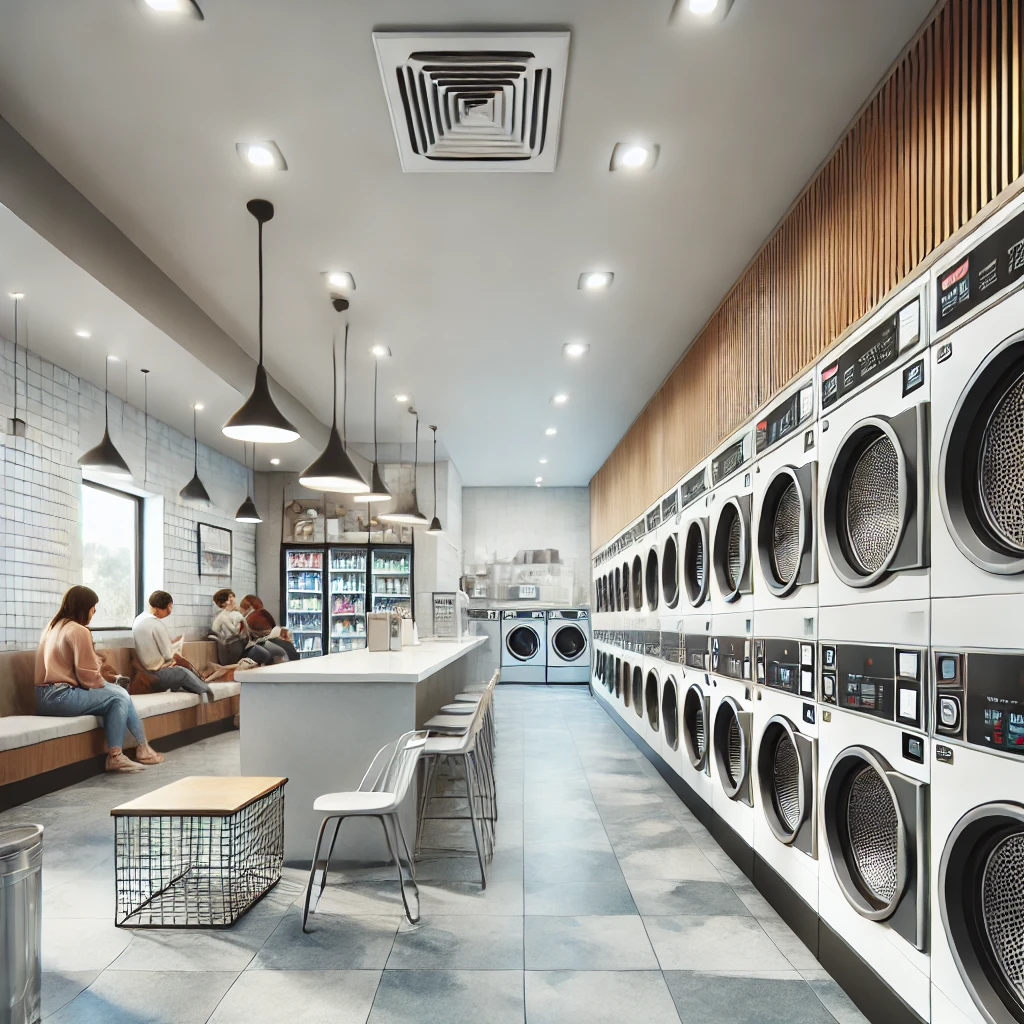Your guide to starting lean and scaling smart with effective Laundry Room Management
The idea of running a laundry business from home sounds simple—wash, dry, repeat. But if you’re servicing commercial clients like Airbnb hosts, hair salons, or local gyms, it takes more than a couple of machines and a few clean towels to keep things profitable.
A successful home-based laundry business depends on systems. You need to deliver consistent results, turn loads around quickly, and stay on top of customer expectations. The one thing that makes all that possible? Solid Laundry Room Management.
Whether you’re just starting out or scaling up to handle multiple clients, here’s how to build a home-run laundry operation that delivers commercial-grade service without the overhead of a full shopfront.
Create a Dedicated Laundry Space
You can’t run a serious laundry business out of your family laundry room. You’ll need a clear separation between personal use and business operations.
Convert a spare room, garage, or external structure into a functional laundry space. Essentials include:
- At least one commercial-grade washer and dryer
- Fold-down or built-in folding tables
- Shelving for detergents, linen, and packaging
- Trolleys or baskets for sorting
Proper layout makes or breaks your efficiency. Keep dirty items and clean linen separated, and set up a clear flow from intake to delivery.
Efficient layouts are a key part of sustainable Laundry Room Management—even at home.
Know Your Market—and Set Clear Boundaries
You don’t need to serve every type of client. Choose a niche where your setup can shine. That might be:
- Small gyms or yoga studios
- Airbnb or short-stay hosts
- Day spas and salons
- Local childcares
These clients typically need towel and linen turnover two to five times a week. They care about reliability, presentation, and fast turnaround. Focus on what you can deliver consistently.
Make sure you agree on:
- Pickup and drop-off windows
- Maximum load per service
- What happens in case of damage or delay
And keep your communication tight. Regular clients value predictability over perfection.
Use the Right Equipment from Day One
Domestic washers and dryers won’t cut it in the long run. They aren’t designed for the volume or durability required for commercial-grade work.
Instead, invest in:
- A high-capacity front-load washer (10kg or more)
- A matching dryer with moisture sensors
- Portable racks or drying lines (for delicates or energy saving)
You’ll get better results, fewer breakdowns, and shorter cycle times—key to running multiple loads daily without bottlenecks.
Also, keep an eye on running costs. Choose equipment with high energy and water efficiency ratings, and schedule loads to take advantage of off-peak electricity pricing. This guide to energy-saving appliances can help you pick the right model.
Build a Simple Workflow That Scales
If you’re serving even two or three clients, things can quickly get messy. Build a reliable system that’s easy to follow—even if you’re the only one doing the work.
Core steps should include:
- Tagging and logging each incoming load (client name, items, date)
- Setting cycle defaults based on fabric type and load size
- Using separate baskets for each client to avoid mix-ups
- Folding and packaging consistently (same folding method, sealed bags if needed)
- Delivery tracking with simple tools like Google Sheets or a printed checklist
Even better? Set standard operating procedures (SOPs). These small guides remove the guesswork and reduce the chances of error—hallmarks of great Laundry Room Management.
Price Smart—and Stick to It
Running your business from home doesn’t mean charging bargain rates. You still face equipment costs, utility bills, packaging, fuel, and time. Set pricing that reflects your service—not your postcode.
Tips:
- Charge by kilo or per item, depending on the service
- Offer volume discounts for consistent weekly orders
- Add delivery fees based on radius
- Price extras like ironing or same-day service separately
Make your pricing public and consistent. This builds trust and avoids awkward back-and-forth with clients.
Manage Time Like It’s Your Most Valuable Resource (It Is)
Your time is your business’s most limited—and most expensive—asset. You need to protect it, especially when running solo.
Strategies include:
- Designating laundry days vs delivery days
- Batching similar loads for efficiency
- Setting boundaries on order cut-off times
- Planning delivery routes to save fuel and time
Using digital tools (like Google Calendar or free delivery apps) can keep things streamlined without needing a full logistics platform.
Scaling later? A well-managed route system—core to effective Laundry Room Management—can help you expand your reach while staying consistent.
Deliver Clean, Presentable, and On-Time Results
Presentation matters more than people think. Wrinkled linen, the wrong item in a bag, or detergent residue can cost you repeat business.
Final quality check before delivery should include:
- Fold consistency
- Odour check (fresh, not perfumed or stale)
- Spot or stain inspection
- Proper labelling and sealing
Even if you’re working from home, your clients expect commercial standards. A clean, clearly branded delivery bag and prompt arrival build trust—and keep your clients coming back.
Final Thoughts: Start Small, Run Tight, and Think Long-Term
Running a laundry business from home can be a rewarding, low-overhead way to serve local businesses—but it’s not just a side hustle. The most successful operators treat it like the real business it is.
With sharp routines, consistent service, and reliable Laundry Room Management, you can build a steady stream of clients and grow on your terms—without renting a storefront or hiring a big team.
Start lean. Deliver consistently. And build systems that let you grow when you’re ready.

